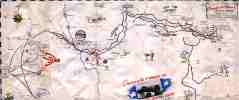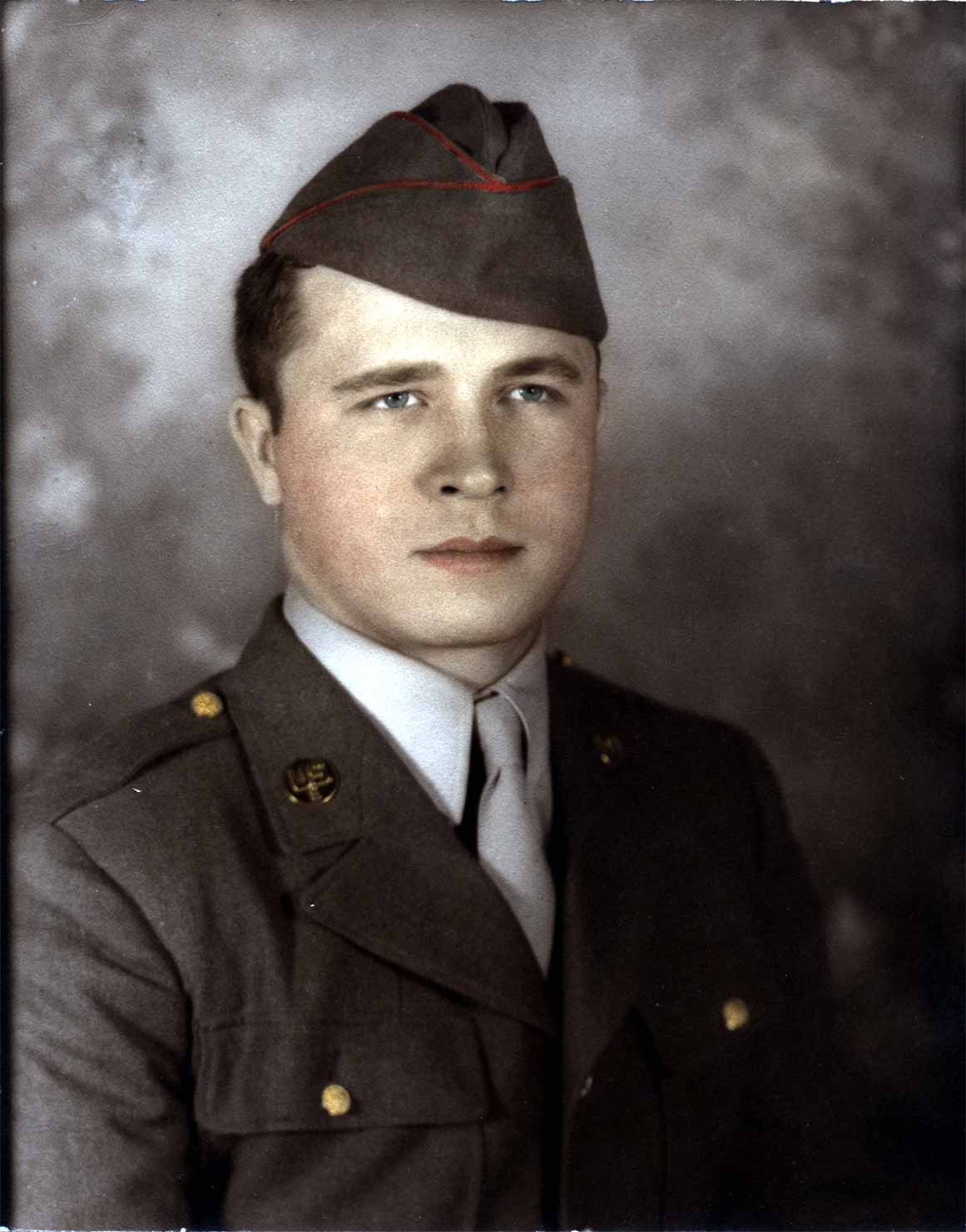 Filpus Family Genealogy
Filpus Family Genealogy Filpus Family Genealogy
Filpus Family GenealogyThe Filpus family descends from Finnish and Lithuanian immigrants
who came to the United States around the turn of the 20th century.
Here are bits and pieces of their story.
As far as I can determine, there were three Finnish immigrants
named Filpus in northern Michigan. All immigrated to the Upper
Peninsula of Michigan around the turn of the twentieth century.
Two families settled in Baraga Michigan and currently has
descendants in the Upper Peninsula of Michigan and Indiana. My
Filpus family are the descendants of Olaf and Brita Filpus from
Simo Finland, who immigrated to the Upper Peninsula of Michigan
and relocated to Kaleva Michigan.
Olaf and Brita had eleven children. Of those, seven immigrated to
the United States. Of those, five were daughters, Ida, Maria,
Brita, Henricka, Anna and Alma. They married Finns in the United
States and have spread the Filpus genes through the country but
not the name. The sons, Uuno Konstant and Nils, married and had
families in the United States. However, Nils Filpus emigrated to
the Soviet Union and disappeared in a Stalinist purge. This leaves
the Uuno Konstant line as the only son to carry on the Filpus
name.
Uuno Konstant had two sons, Uuno Waldmar and Waino and one
daughter, Lillian. Lillian married and raised a family. Waino had
no children, leaving Uno Waldemar to carry on the Filpus name.
Uno Waldemar had one son, Uno Wallace and two daughters. Both
daughters married and raised families. Uno Wallace had four sons.
Of the four sons, only one had sons to carry on the family name.
Olaf Filpus has many descendants in the United States. There are
thirty-seven great-great-grandchildren, thirty-six
great-great-great-grandchildren and fourteen GGGG grand children,
according to my latest data. Only two can carry on the Filpus
name. There have been several generations where there was only one
carrying on the Filpus name. It could die out easily, but has
survived so far.
Tracing the ancestry of my great-grandparents, i have found six ancestral lines in Finland. Two of my sets of grandparents are cousins and share multiple mutual ancestors between them.
Rajanen/Kymala - Uno Filpus (born Rajanen) and Ida Filpus
(born Kymala) share common ancestry in Simo, Lapland, Finland.
Hannula - John Nestor Hannula born out of wedlock to
Johanna Qveslander from Kurikka, South Ostrobothnia, Finland.
Tapio - Kate Hananula born out of wedlock to Kaisa
Tapio from Kemijarvi, Lapland, Finland.
Marttila/Lemonen - Matti and Ida Marttila (born Lemponen)
share common ancestry in Ylistaro, Seinšjoki, South Ostrobothnia,
Finland.
Majamaa - Frank Kaskinen born out of wedlock to Hilma
Majamaa from Kiikoinen, Sastamala, Pirkanmaa, Finland.
Louhelainen - Amanda Kaskinen (born Louhelainen) from
Juuka, North Karelia, Finland.
Within each ancestral line, there are multiple common ancestors,
as well as cousins who marry cousins from other lines, making the
family tree more of a web.
 Campaign
of the 9th Armored Division in Western Europe - Map
Campaign
of the 9th Armored Division in Western Europe - Map  Private George Pisaravich
was wounded holding the Rhine bridge at Remagen. He rescued
another soldier more seriously wounded and was sent home with a
Purple Heart.
Private George Pisaravich
was wounded holding the Rhine bridge at Remagen. He rescued
another soldier more seriously wounded and was sent home with a
Purple Heart.
 |
|
This is the family church. For three generations, all baptisms,
marriages and funerals were performed here.